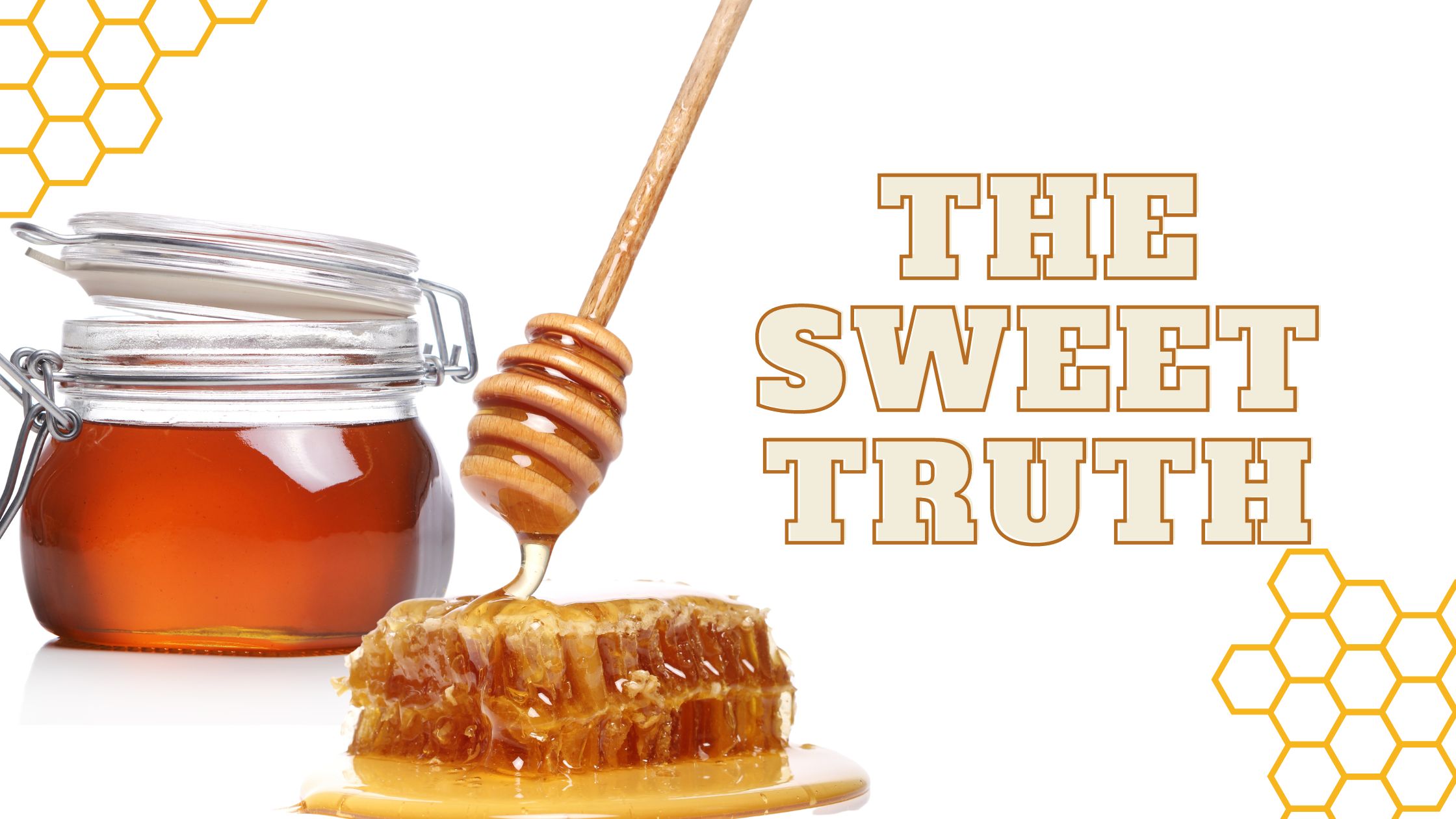Properties of Honey and Its Ideal Consumption Methods
Introduction
Honey, a natural sweetener produced by bees, has been used for centuries for its flavor, culinary applications, and potential health benefits. Rich in antioxidants, enzymes, and other beneficial compounds, honey has been praised for its medicinal properties in various traditional medicine systems. But how should we consume honey to maximize its benefits, and are there any precautions to take when using it? In this blog post, we’ll explore the properties of honey and discuss the best ways to enjoy this sweet and versatile gift from nature.
Properties of Honey
Honey is a complex substance composed primarily of fructose, glucose, and water, along with small amounts of vitamins, minerals, enzymes, and other compounds. Some of the key properties of honey include:
1. Antioxidant-rich: Honey contains various antioxidants, such as flavonoids and phenolic acids, which can help protect the body from oxidative stress and reduce inflammation.
2. Antibacterial and antifungal: Due to its low water content, high acidity, and the presence of hydrogen peroxide, honey has natural antibacterial and antifungal properties that can help fight infections and promote wound healing.
3. Prebiotic: Honey contains oligosaccharides, which can act as prebiotics, supporting the growth of beneficial gut bacteria and promoting a healthy digestive system.
4. Cough suppressant: Honey has been found to be an effective cough suppressant, providing relief from coughs and sore throats, especially in children.
Should Honey Be Heated, Warmed, or Consumed with Warm Milk or Warm Water?
When it comes to consuming honey, there are a few considerations to keep in mind to preserve its beneficial properties and avoid potential risks.
1. Avoid heating honey: Heating honey at high temperatures (above 104°F or 40°C) can cause the degradation of its beneficial enzymes and antioxidants, reducing its nutritional value. Additionally, when heated, honey can produce a toxic substance called hydroxymethylfurfural (HMF), which may have negative health effects. Therefore, it is best to avoid heating honey or adding it to hot foods or beverages.
2. Warm milk or warm water: Consuming honey with warm (not hot) milk or warm water can be a safe and enjoyable way to reap its benefits without damaging its properties. Warm milk with honey can provide a soothing and nutritious bedtime drink, while honey mixed with warm water can help soothe a sore throat or serve as a gentle morning detoxifier.
3. Room temperature or raw: Consuming honey at room temperature or in its raw, unprocessed form can help ensure that its enzymes, antioxidants, and other beneficial compounds remain intact. You can enjoy raw honey on its own, drizzled over yogurt or oatmeal, or mixed into cold or room temperature beverages.
Precautions When Using Honey
Although honey is generally considered safe for most individuals, there are some precautions to keep in mind:
1. Not suitable for infants: Honey should not be given to infants under one year of age due to the risk of botulism, a serious and potentially life-threatening illness caused by the bacteria Clostridium botulinum.
2. Allergy concerns: Some individuals may be allergic to honey or the pollen it contains. If you experience any allergic reactions after consuming honey, discontinue its use and consult a healthcare professional.
Conclusion
Honey is a versatile and nutrient-rich sweetener with numerous potential health benefits. To maximize its advantages, it is essential to consume honey in ways that preserve its properties, such as avoiding heating and enjoying it with warm milk or water. By understanding the properties of honey and the ideal consumption methods, you can enjoy this sweet and nourishing gift from nature while supporting


